
Imagine looking at your website a few years from now. If you’re hustling like crazy, you’re hoping to see more search engine traffic, an increase in backlinks and referring domains, and higher conversion rates.
But the thing with the future is that it’s unpredictable.
A major Google algorithm update can appear out of nowhere. For instance, check this string of updates Google released in 2022 alone.
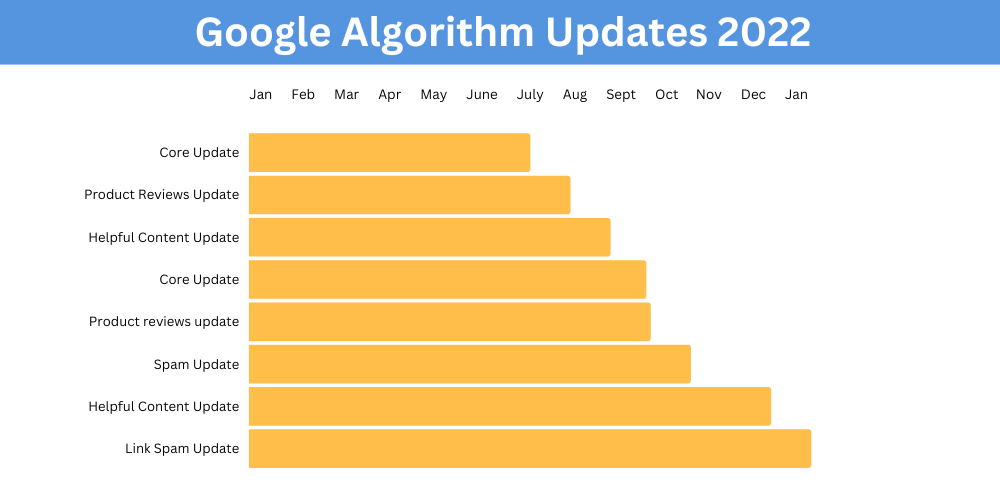
Or you might have spent a long time trying to acquire a high value backlink, only for it to be entirely removed and you end up sitting with a lost link.
Do you want to shield your business from these disasters? The answer to this is using more advanced link building strategies in order to improve your site’s link profile.
The Future of Link Building
Change is a constant thing in Google’s world.
No one knows how serious these changes will be, but rest assured they’re all pointing in one direction: improved user experience.
As predicted by leading content marketing expert Neil Patel, Google will be featuring more instant answers.
People want answers—and they want to get them fast. Google takes searchers’ declining attention span seriously, so much so that it now provides featured answers to almost any query in a matter of seconds.
If you’ve ever searched for the age of your favorite actor or the meaning of a word, the specific answer appearing on top of the search results at lightning speed is what I’m talking about.

The emergence of instant answers translates to a positive experience for the users but, interestingly, lower click rates for websites providing these answers.
And the changes don’t stop there.
Ads, which are the lifeblood of Google, will continue to reinvent themselves in the coming years.
Gone are the days when ads on top of search results had bold texts and contrasting colors. Today, they’re less aggressive and blend perfectly with their surroundings.
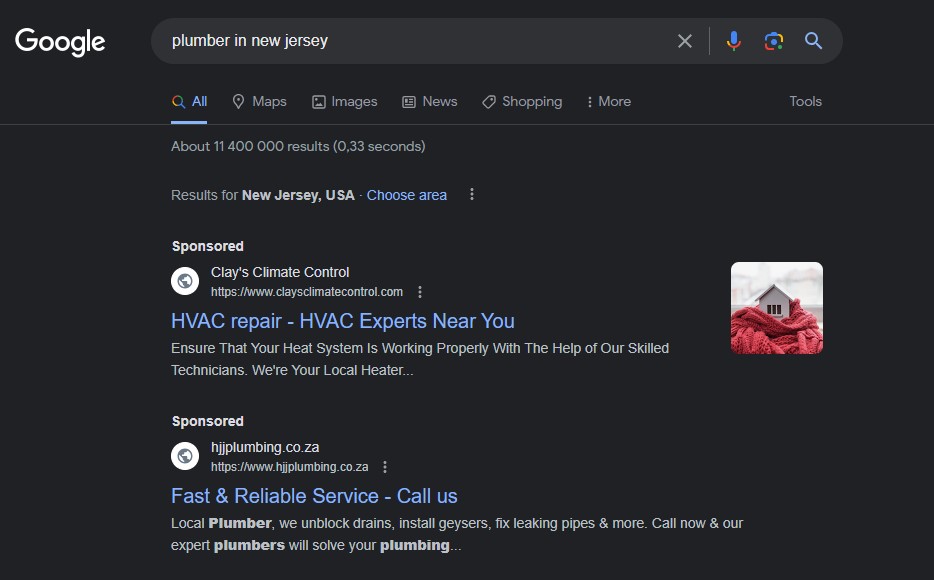
The logic is simple, the more these ads resemble search engine results, the more likely users will click on them.
With more attention being put on elements other than search engine results, it will be more difficult than ever to get decent click and conversion rates.
In fact, it’s estimated that only 66% of Google searches result in a click, with the remaining 34% getting a horrendous zero click rate.
These are known as zero-click searches.
In other words, ranking in the top 10 search results is no longer just wishful thinking, it’s now everyone’s goal.
And how exactly can you achieve it?
Fili Wiese, a former member of the Google Search Quality team, suggests that you should start to think like Google.
Since Google is rolling out one feature after another to improve user experience, you should also have the same goal when building backlinks and optimizing your website.
In a Forbes article, SEO expert Kristopher Jones echoes the same opinion:
With Google becoming more user-centric, you just can’t afford to rely on the same old link building tactics you used in the past. To survive Google penalties and updates, advanced link building is the best way to go.Google’s main priority is user experience, so developing a positive UX is the simplest way to stay ahead of algorithmic and industry changes.
In his forecast, Sean Si of SEO Hacker predicts manual link building with a more “human” approach.
One that focuses on providing value will continue to define the industry in the coming years.
He went on to recommend advanced link building strategies that have been proven to work and will continue to drive results:
- The Skyscraper Technique, which involves outranking a top-performing page by writing more in-depth content and earning the same (or better) backlinks.
- Link reclamation or the process of finding dead or broken links leading to your website and then notifying those who created the links with the updated URL.
However, these two techniques are merely scratching the surface.
Since they were introduced many years ago, a lot of site owners have jumped on the bandwagon, with varying levels of success.
If you want to upgrade your link building campaign, you can either tweak the classic strategies mentioned above or try more advanced link building techniques that your competitors might not know about.
We know that not all backlinks are created equal.
Between white hat and black hat link building, the former trumps the latter in terms of longevity.
But as the competitiveness in SERPs intensifies, even some white hat link building strategies are reaching saturation points.
Hence, it’s about time to turn our attention to little-known or underrated advanced link building strategies that will help put your content on top—and keep it there for years to come.
1. The Modified Skyscraper Technique
When Brian Dean of Backlinko first used the Skyscraper Technique, everybody followed suit.
After all, the basic idea is a no-brainer:
- Find good content on Google’s first page that’s already ranking for your target keyword.
- Create something even better and then “steal” backlinks from the original page so you can outrank it.
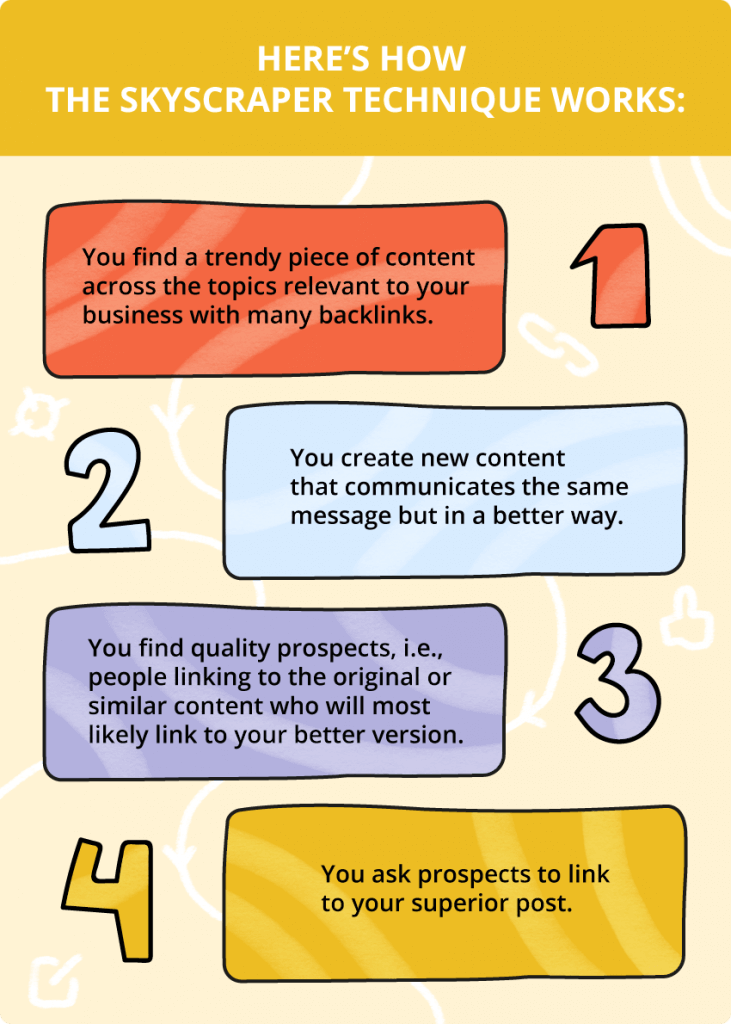
But the process of convincing site owners to link to your content is a lot harder than it seems.
The Skyscraper Technique isn’t a magic formula; sometimes links will come flooding, but oftentimes the strategy ends up being ineffective.
If you hear nothing but crickets after sending hundreds of outreach emails, you’re not alone.
Doug Cunnington of Niche Sites Project also didn’t get the results he expected from the Skyscraper Technique. However, he quickly picked himself up and revised his strategy.
Instead of waiting forever for the links to come, he increased his odds of getting noticed by relying on another tried-and-tested approach: guest blogging.
Yup, they created massive content as suggested by the Skyscraper Technique but earned backlinks through good ol’ guest posting.
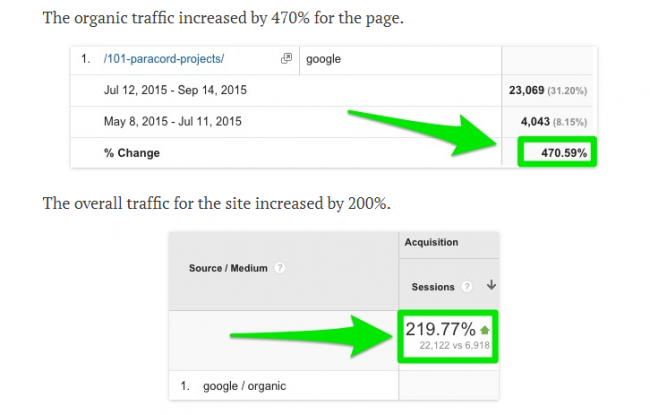
The combo apparently worked: 470% increase in organic traffic for their page and 200% increase in the site’s overall traffic.
Call it the Skyscraper Technique on steroids.
Here’s how it works.
Step 1: Brainstorm a List of Keywords
Make a list of at least 20 potential keywords you want to write about.
Of course, ranking for a keyword will be useless if there are no people searching for it.
Aim for a monthly search volume of at least 1,000 or 2,000 searches. Don’t let keywords with higher search volumes intimidate you.
You’d be surprised that even websites less than a year old can easily rank for some high-volume yet low-competition keywords.
For starters, you can use Google Keyword Planner (GKP) or SEOptimer’s keyword research tool to analyze search volume or competition and find related keywords.
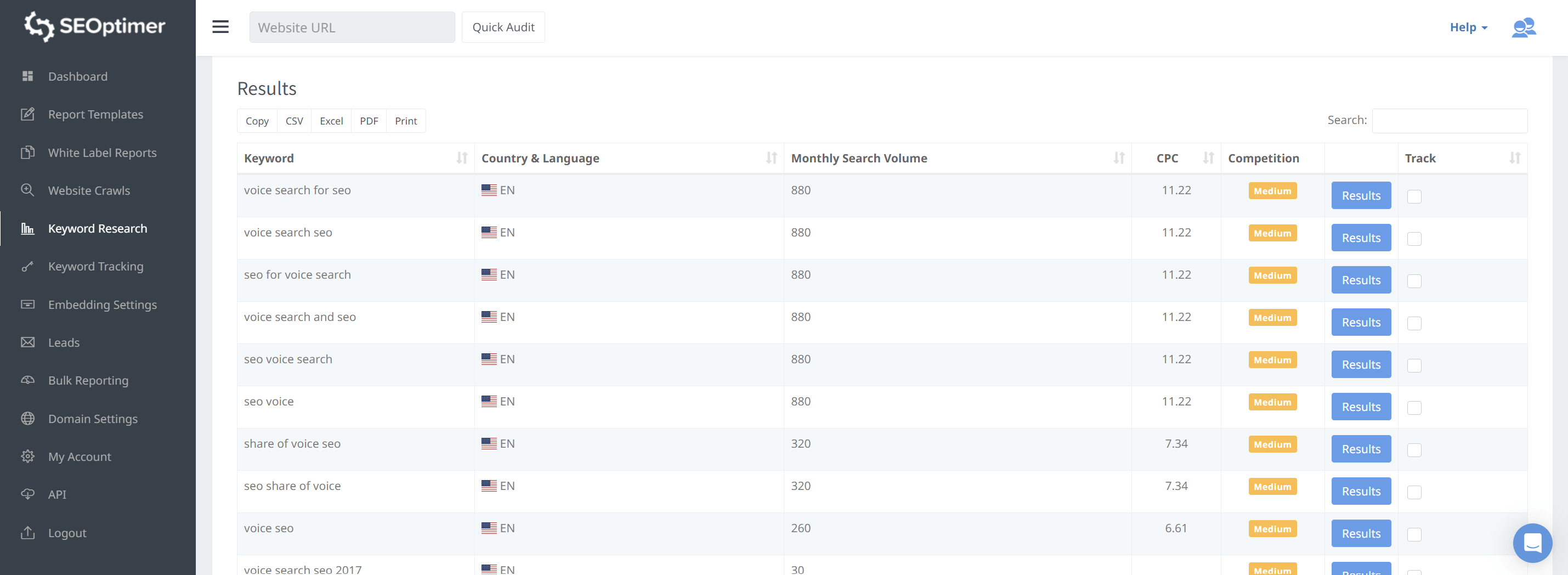
Take note, however, that GKP no longer provides specific data for the search volume. Instead, it consolidates related keywords in one group and provides an estimate of their combined search volume.
In the example below, my target keyword “massage for runners” has medium competition and an estimated 100 to 1,000 monthly searches.
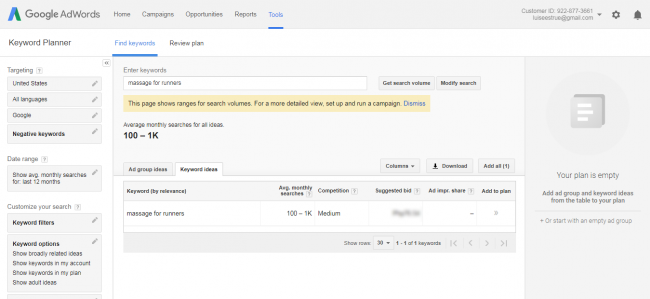
When choosing a keyword, it’s also crucial to identify the goal you’re trying to achieve.
Informational keywords (e.g. “How to make your own bath salts at home”) may be good for branding purposes and top of the funnel marketing, but not if you’re aiming to get the attention of buyers.
In contrast, commercial keywords like “best [product] reviews” or “how to choose the best [product]” target people who are likely just one click away from making an online purchase.
Whether it’s increased traffic, more email subscribers or higher conversions, your goal will basically dictate not only the keyword you’ll target, but also the direction of your entire link building campaign.
Your own keyword profile can also be a goldmine of ideas. I use SEOptimer to track my keywords as well as my backlinks, and the data you’re given here is a great place to start your keyword research.
![]()
Go to your SEOptimer dashboard and click “Keyword Tracking” from the menu. It will display a list of keywords—including some you probably have no idea you’re ranking for.
On the right side of the keywords, you’ll find information about “Position,” “Estimated Traffic” and “Total Search Volume.”
Aim for a keyword that you can write an epic post around. Ideally, the keyword should also have a large search volume and is something your site is currently not ranking for anywhere in the Top 10.
The idea is to write an epic post targeting this keyword.
Step 2: Examine Your Target
Once you’ve picked a keyword, start looking at what the existing top pages are already doing.
BuzzSumo is a great tool to find the content that’s getting the most attention on social media.
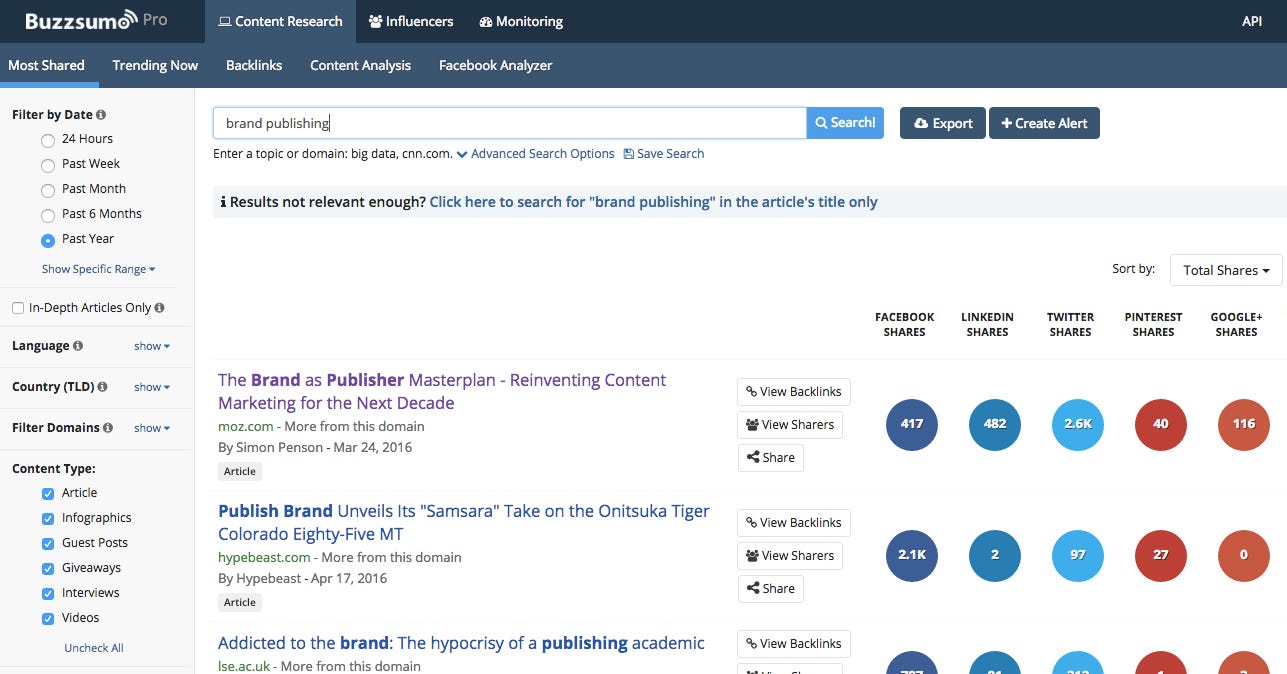
Alternatively, Google also provides readily available information on which pages dominate the web for a specific keyword.
Again, Skyscraper is all about outdoing the competition.
Does the content have 2,000 words? Make yours 2,500 words or longer.
Does it have lousy aesthetics? Beat the competition by making your article more readable, improving its formatting and adding engaging elements like photos, infographics, screenshots or videos.
The goal is to be 2x or 10x better than the page you’re challenging. Making a second-rate version will get you nowhere.
Step 3: Find Your Allies
If you think writing an in-depth article for a keyword is time-consuming enough, wait until you start prospecting for links.
But unlike when you use the Skyscraper Technique alone, the Skyscraper Technique used in conjunction with the guest posting method boosts your chances of getting backlinks by tenfold.
Instead of just convincing site owners to link to your piece of content, you’re going the extra mile by offering to write excellent content that suits their audience.
To find relevant websites you can guest post on, start with the following search strings:
- “write for us” [niche or topic]
- “submit guest post” [niche or topic]
- “guest post guidelines” [niche or topic]
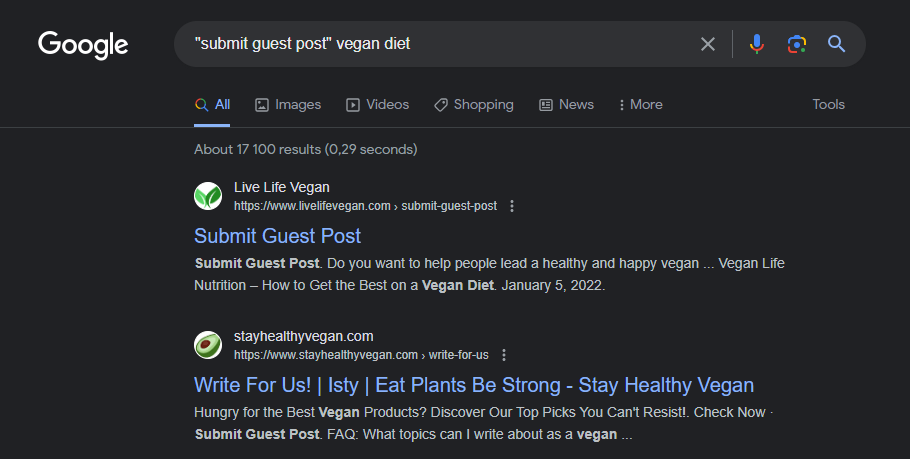
Ideally, find 100 to 200 websites that not only allow you to contribute but also put a dofollow link within the article.
Domain authority also plays a big part in ranking a website, so choose sites that have a high domain authority and a regular posting schedule.
Put the URLs in a spreadsheet with corresponding columns for the email address, domain authority, etc.
Once everything is in order, you can start sending emails to pitch your guest post ideas. As mentioned in the previous section, manual link building will remain effective as long as it’s done with a “human” and personalized approach.
To save you time, we’ve outlined the best practices for email outreach that will get your guest post ideas accepted.
Step 4: Write the Post
You’re already halfway towards securing that highly-coveted backlink.
When your guest post idea has been accepted, never blow your chances by creating half-baked content.
With typical guest post campaigns getting as low as 5% acceptance rates, you just can’t afford to lose. However, the level of effort you give should correspond to the value and authority of the website you’re guest posting on.
Backlinko suggests dividing the websites into two categories:
- Tier 1 sites a.k.a. the game changers or big sharks in your niche. They deserve mind-blowing content that’s better than what you usually post on your own site.
- Tier 2 sites also deserve some love but the guest posts you create for these sites shouldn’t consume the majority of your time.
Either way, every guest post you send must follow all the guidelines indicated by the site owners.
Cap it off by placing a contextual backlink that points back to your site. Wait for the guest post to go live.
Step 5: Follow Up
In case you don’t get a response, never hesitate to follow up.
But don’t bug them with a flood of emails. Nothing is as annoying as a stranger desperate for a response.
I send mine at least once or twice in a span of four weeks. Here’s an example of what I usually send before I move on to another website:
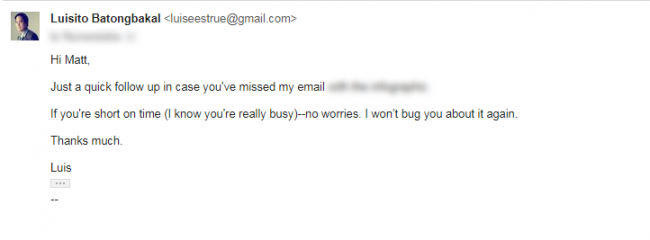
For those who have published your guest post, send a quick “thank you” email. Promote the article on your social media accounts.
You can also check the comments from time to time to get potential ideas and even other guest posting opportunities.
2. The Moving Man Method
Desperate to get backlinks that don’t require guest posts or any other bribes? Try the “Moving Man” method.
Coined by link building expert Brian Dean, this strategy operates on the principle that companies, websites or services constantly undergo rebranding or discontinue their services altogether.
This leads to URLs being redirected without the knowledge of site owners who linked to the original URL.
It works like the broken link building that most of us are familiar with. What makes the Moving Man method different, however, is the nature of the links: They’re technically not broken or dead, but simply redirected to a new page.
To benefit from this advanced link building, follow these three simple steps:
Step 1: Search for the Moving Man
Companies usually announce their major brand overhaul through a press release.
By simply typing in “rebrands as” in Google News, you’ll able to see a few potentially useful results:
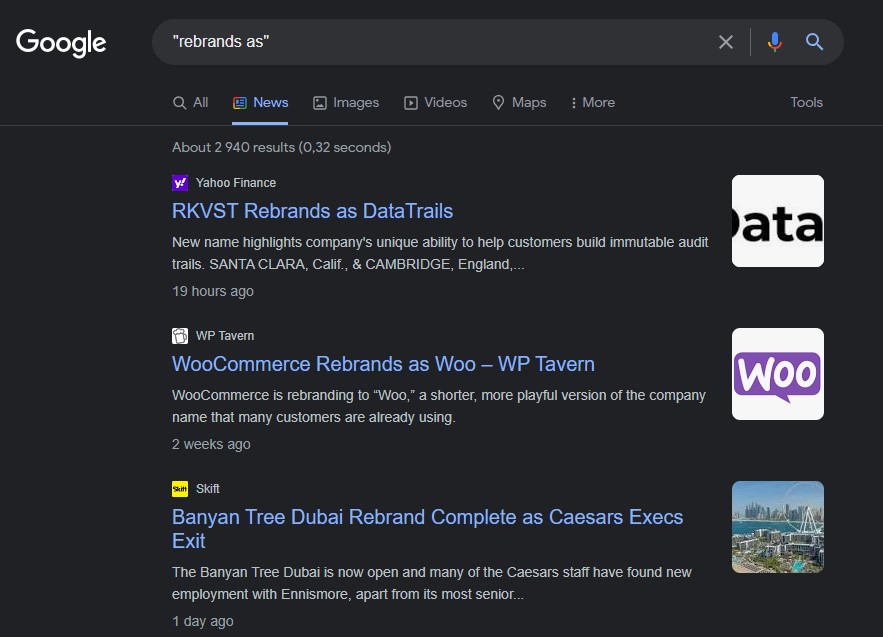
However, rebranding doesn’t always mean changing a domain name or launching a new website. It’s also an unreliable way for ordinary niche site owners to find a redirected link.
To improve results, you can use the following search strings:
- keyword/niche + “page no longer exists”
- keyword/niche + “this website is no longer updated”
- keyword/niche + “this page is no longer updated”
- keyword/niche + “website closed”
- keyword/niche + “service no longer available”
- keyword/niche + “service not available”
- keyword/niche + “no longer available”
Step 2: Find Sites Linking to the Moving Man
Enter the URL of the outdated page/resource in any tool that’s capable of extracting backlinks for a specific URL (not just the whole domain).
I’d suggest using SEOptimer’s backlink research tool to find these backlinks. Simply login to your account and click on “Backlink Research”, then add the URL of the page you’re analyzing.
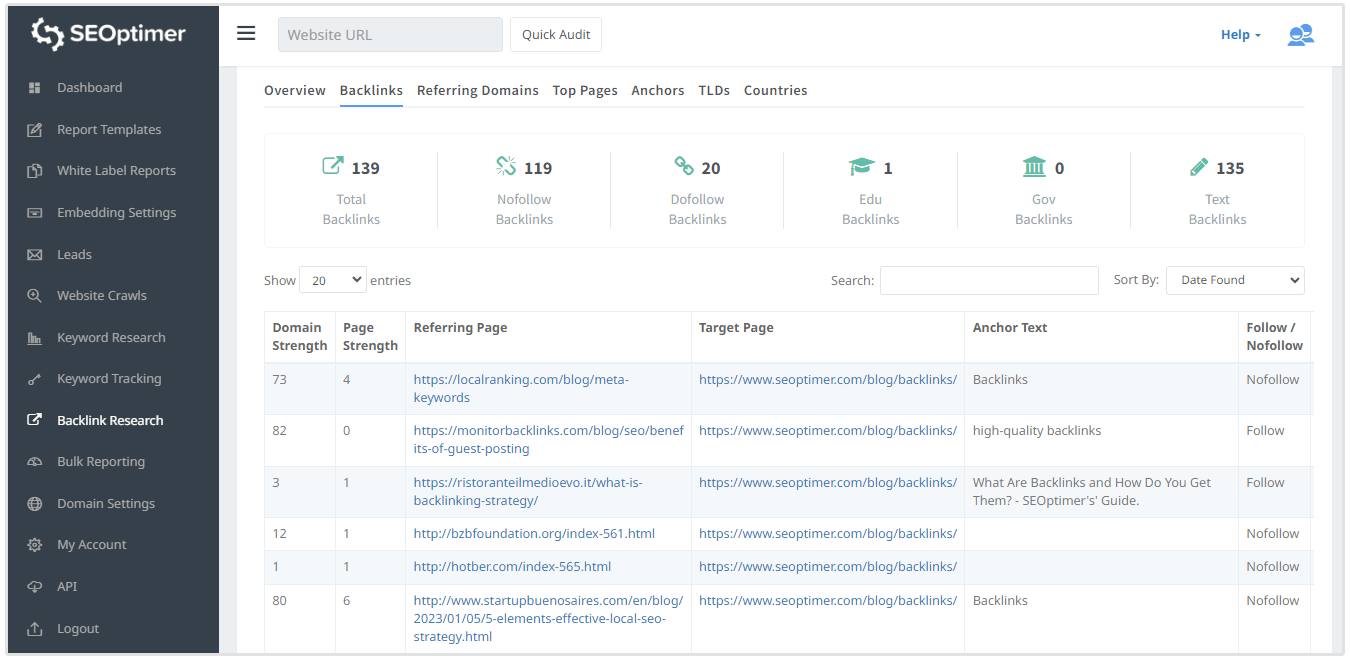
Step 3: Convince Site Owners to Kick Out the Moving Man for Food
In other words, contact those who linked to the URL, convince them the link is already outdated and suggest that they replace it with a link to your site.
The process is pretty straightforward but you can still mess up with a wrong email template.
Again, the future of manual link building has always pointed towards email outreach that provides value and sounds human.
Here’s an email script that encapsulates these principles:
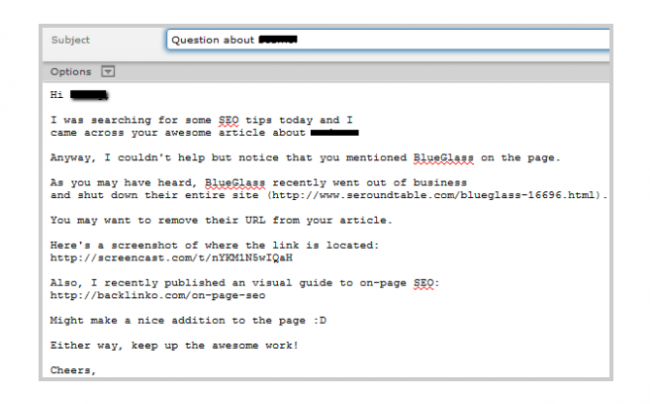
3. Link Reclamation
We all love natural links.
You know, those sites that link to us without our effort simply because they find our content awesome or relevant.
They love us. They’re rooting for us. Yet for some reason, they don’t always link to us.
For example, there are blogs that only mention brands or names in an article without actually linking back to them.
This is a golden opportunity—one that almost guarantees a response since your website/brand has already been mentioned and an actual link is just one email outreach away.
Here’s how to do it right.
Step 1: Look for Unlinked Mentions
I recommend using BuzzSumo to discover unattributed links and even create alerts that will notify you whenever someone writes about you or your brand online.
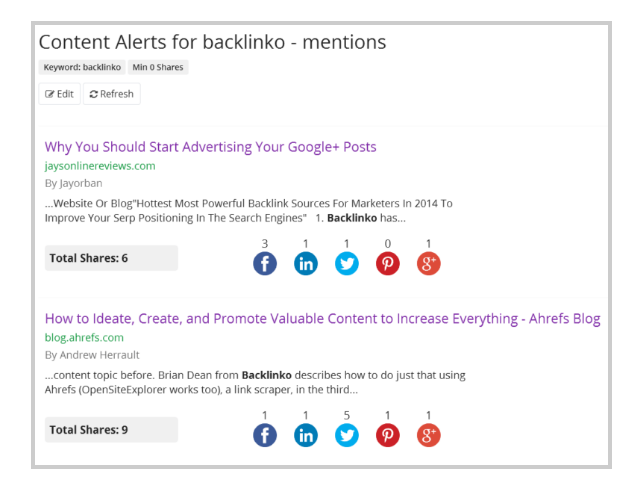
Link reclamation also works for infographics. It actually has a name: Reverse image search.
You’re also looking for unlinked mentions, this time from websites who have embedded your infographic yet forgotten to link back to you.
Let’s use this foot care infographic I created as an example.
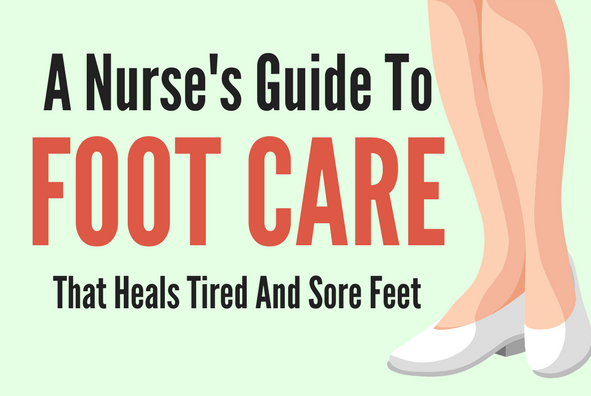
Head over to Google Images and click the camera icon in the right corner of the search box.

Paste in the filename of the image and click “Search by image.”
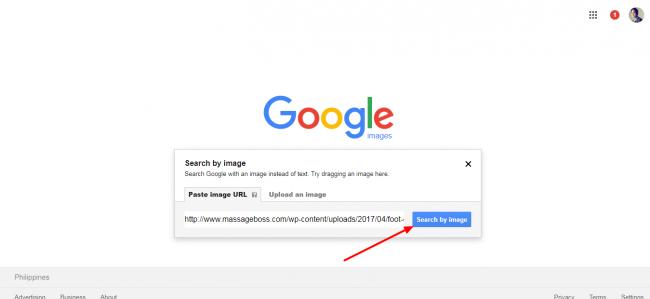
If you follow the above steps and find a mention or two that haven’t included an attribution link, proceed to the next step.
Step 2: Reclaim your link
Reach out to site owners who forgot to link back to you and respectfully point out their mistake. Here’s an email script which you can modify depending on the type of link you’re reclaiming:
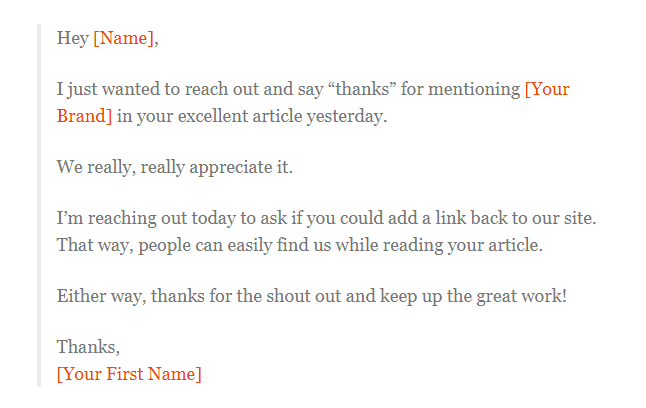
You can also be proactive and reclaim your links as soon as the mention is made.
Jason Acidre via Moz suggests using Google Alerts to be notified by email every time a blog mentions your name or the content of your website.
There’s also an option to choose how often you’ll receive the alerts.
4. Educational Backlinks
You know what happens when virtually everybody is applying the same link building strategy? It somehow starts losing its glitter.
This is exactly what’s happening to scholarship link building.
Cookie-cutter sites with as little as a thousand bucks to spare look at scholarships as a no-sweat strategy to gain the highly-coveted .edu backlinks.
All they need to do is create a dedicated scholarship page on their website, offer it to .edu sites, ask for a backlink and wait for the entries to come so they can finally pick a winner.
The problem with this strategy is that there’s no barrier to entry as long as you have the money.
When this happens, abuse takes place. It won’t be long before .edu sites become wary of these types of scholarships and ban them altogether.
Lest we forget, Google isn’t dumb either.
If it penalized sites with backlinks that were not earned by virtue of merit, I’m pretty sure the same fate awaits those that resorted to questionable scholarship link building tactics.
I’m not saying .edu backlinks don’t have value.
In fact, it’s the exact opposite: Educational backlinks are the most sought after because of their perceived value. But if you acquire them the easy way, how can you separate yourself from the crowd?
Fortunately, there are three legitimate ways to acquire these links.
1. Discounts
If you own software catering to students or college professors, offering a discount is a proven way to get them to try your product—and earn a backlink to boot.
For example, if you have software that helps medical students in their studies or assists teachers in planning lessons, a huge discount will help you find your first few fans.
In turn, you can ask them to approach whoever is managing the school website and ask for a mention of your name or your product’s (with a backlink to your site).
This strategy also works well for other e-commerce sites as long as the products are valuable in the educational setting.
2. Ego Bait
What stands between you and the gatekeeper of .edu backlinks? The college professors.
Find an angle to explore so you can feature a prominent university staff member in a story or interview.
Alternatively, you can also invite a faculty member to write a guest post, provided that your website has an already established reputation.
Nothing strokes a person’s ego more than a story that features them or their accomplishments.
Marketers call it ego bait.
A quick Google search of “site:.edu professor interviewed by” reveals that this strategy works. Here’s one example:
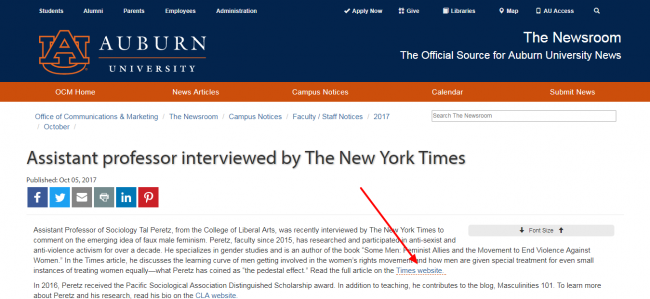
To ensure you get a backlink from your efforts, simply ask your subject to request for the story to be featured on the college/university website.
To ensure you get a backlink from your efforts, simply ask your subject to request for the story to be featured on the college/university website.
3. Educational Linkbait
Yup, .edu backlinks can also be earned through linkbait.
But you don’t have to publish something controversial to meet your goal.
First, identify the “teachable aspect” of your product, services or website topic. In some niches, you can breeze through this task. Others, however, require a little bit of thinking outside the box.
For example, Smart Pay, an electronic payment company, focused on their core message of protecting the environment by going paperless.
The result? A linkable asset that teaches students the value and impact of saving paper.

5. Reverse Engineering Competitor Backlinks
Sometimes, link building feels like throwing spaghetti on the wall and seeing what sticks.
But why pull your hair out when your competitors can already show you what works?
With the help of keyword or backlink analysis tools, you can examine your competitor’s strategies, focus on the ones you can replicate and outrank them in Google search results.
Here’s how.
Step 1: Find Your Competitors
It’s very easy to fall into the trap of comparing your site to a big brand with a huge advertising budget. But this will only end up in disappointment as competitors like this are light years away from you in many aspects.
A better strategy is to focus on competitors that you can realistically beat.
Step 2: Spy on Your Competitors’ Backlinks
Pull up your competitor’s link profile using SEOptimer backlink research tool.
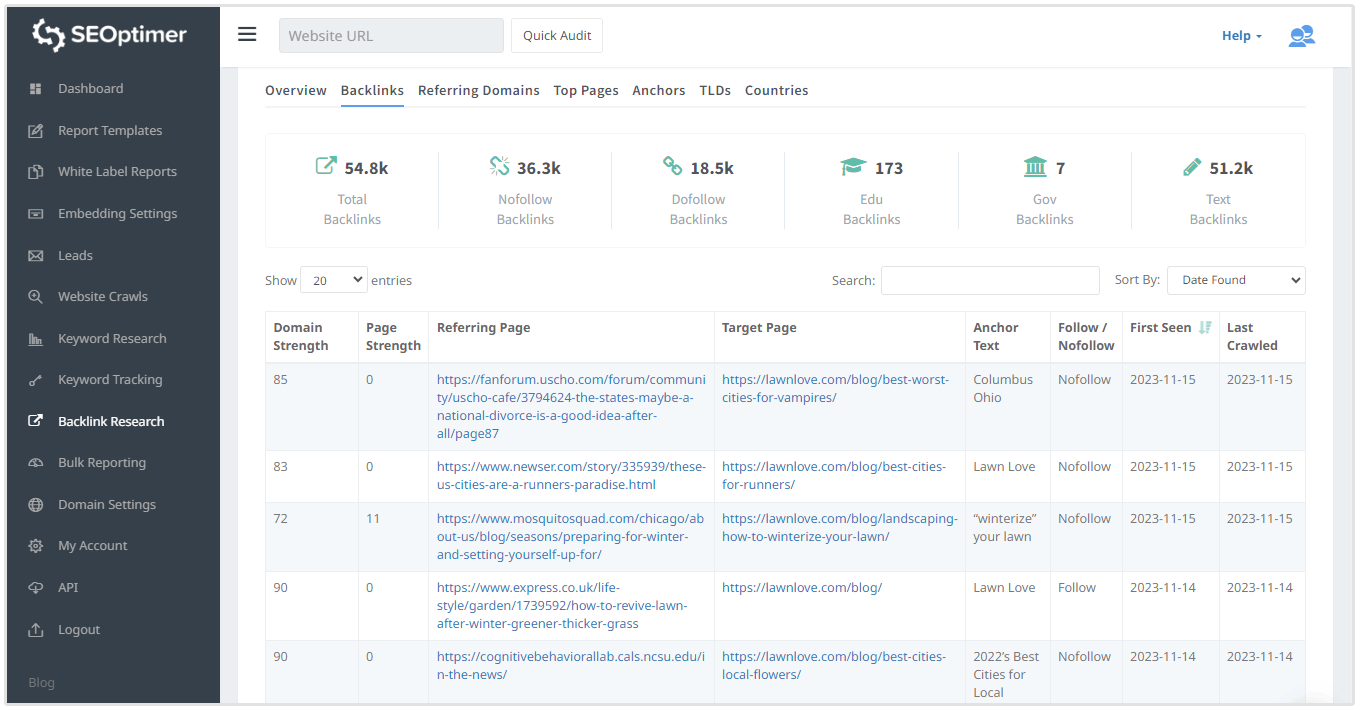
Use the data to answer the following questions:
- Where does it get the majority of its backlinks?
- What makes the most popular content link-worthy?
- How can you replicate the content and its backlinks?
Through in-depth analysis, you can also leverage your competitor’s backlink profile to find:
- Guest blogging opportunities
- Influencers you can invite for an interview or feature in link round-up
- Site owners you can engage through blog comments and forge long-term partnerships with
See how they all add up?
So, the next time your competitor backlinks intimidate you, flip your mental switch and find a way to make these backlinks work for you instead.
6. Guestographics
This is another fancy name coined by link building authority himself, Brian Dean.
I’ve briefly discussed it in a previous article but it’s worth mentioning again and again by virtue of how effective it is.
It’s similar to traditional guest posting but with a nice little twist: The use of infographics.
Here’s the basic formula:
Great Content + Targeted Outreach + Added Value = Links
The majority of guest posting campaigns apply the first two principles and stop there. In the case of guestographics, the “added value” comes in the form of an infographic.
But this isn’t simply convincing site owners to publish the infographic. What makes this strategy doubly effective is you shatter all possible barriers that could prevent the site owner from publishing your work.
Don’t believe me?
Here’s just one example of how guestographics can drive more backlinks to your site—and with a 175.59% increase in organic search traffic no less!
Here’s a rundown of how it works.
Step 1: Create and Publish Your Infographic

Think of a keyword or a relevant topic that can help you reach your target audience.
For example, let’s imagine we’ve got a niche site that talks about all things related to growing succulents. To get an idea of what infographic to create, we should brainstorm a few topics that would be relevant to our ideal audience.
If you think that you’ve got a list of topics that people are interested in, verify that there is actual search volume for keywords relevant to these topics.
You can do this using your favorite keyword research tool.
After verifying that the keyword has a decent monthly search volume, look at the top pages ranking for the same keyword. The existing competition will give you insights on what to improve and how to ensure the guide would be the most comprehensive of them all.
Now, once you’re done writing an in-depth guide about a relevant topic, use the data from the article to create the infographic. You can use a free design tool like Canva to create the infographic. If you’re artistically challenged, you can hire a designer to do it for you.
Step 2: Get Backlinks from Relevant Websites
It’s only common sense that I limit my link prospecting to websites that are in the same niche or industry as yours.
For instance, if you’ve got a website reviewing running gear, you’d want to reach out to sites that talk about running, training tips, nutrition, etc.
For this example, we can use the keyword “best running blogs” to find a curated list of high-quality websites.
For example, I only included running blogs that are updated regularly and have a domain authority of at least 25. I placed the URLs in a spreadsheet and sent each a personalized email.
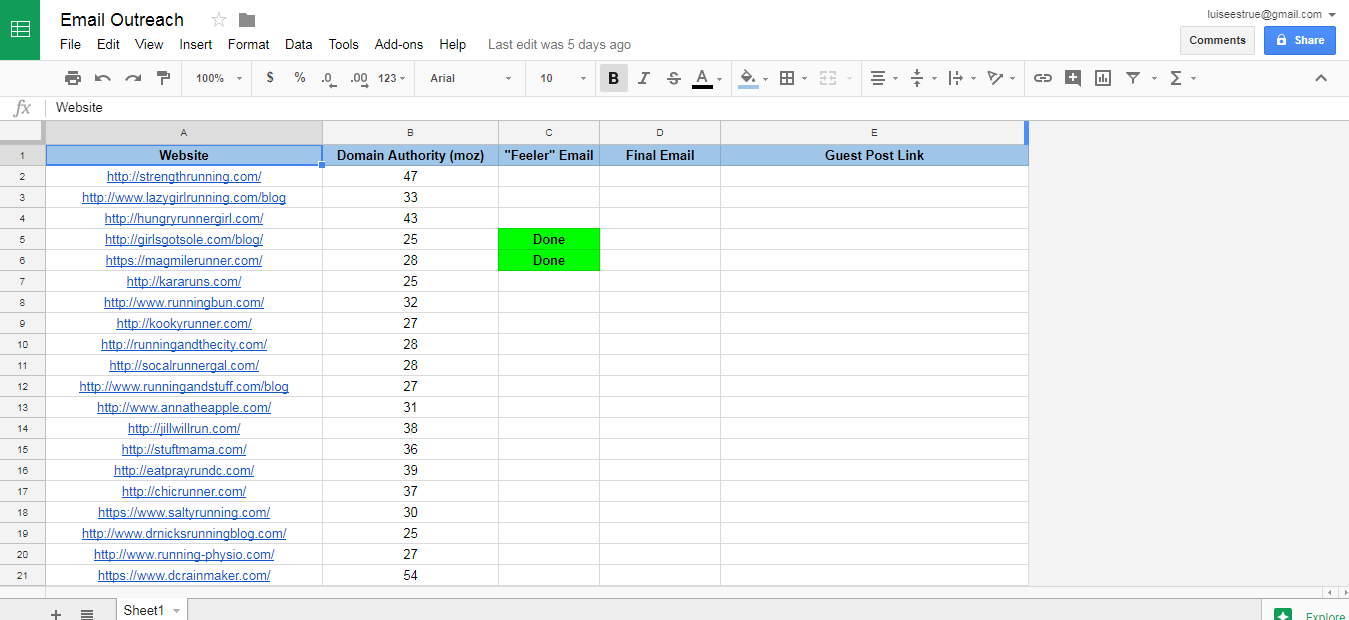
Start with a “feeler” email to introduce yourself and basically give them the impression that you’ve spent the time to learn who they are.
At the end of the email, briefly mention the infographic that you created without being too hasty. Don’t show the infographic yet; only send it if they show interest and respond to this initial email.
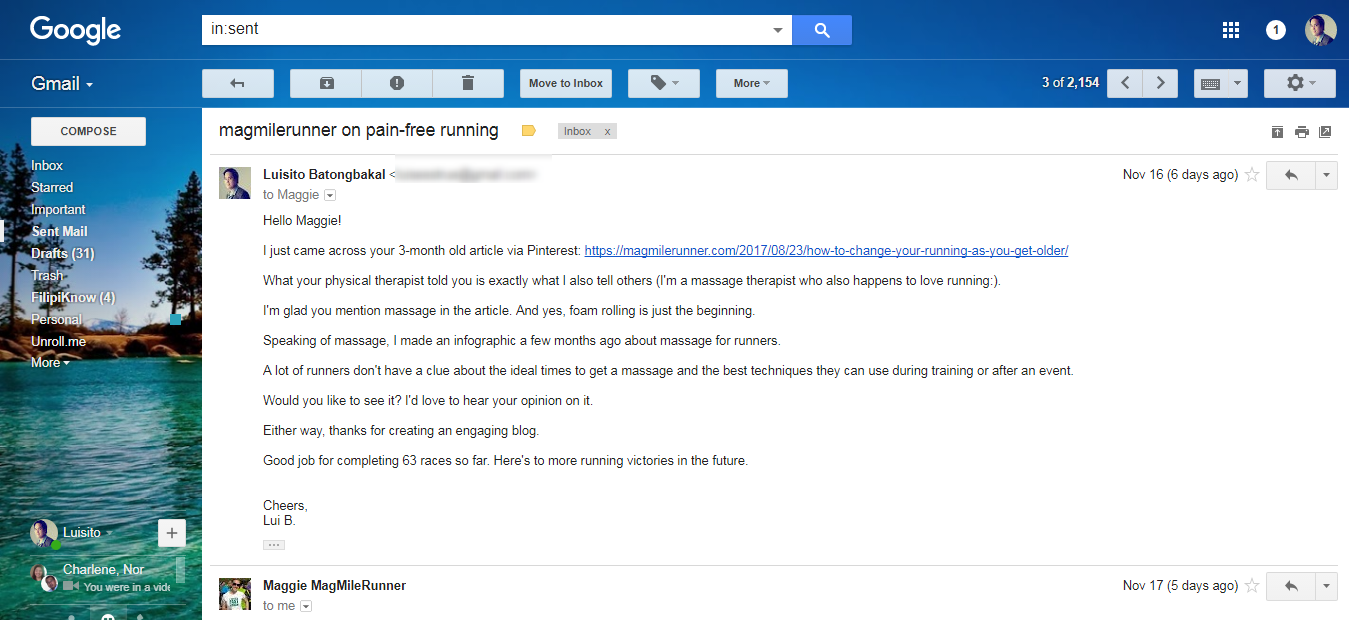
If they reply to this email, then send them a link to the infographic as well as an offer to write a mini guest post about it. By doing all the work for them, you significantly reduce the resistance.
And by offering to write the article, you get the chance to add a contextual backlink pointing to your site and choose its position and anchor text.
The Bottom Line
The future is unpredictable and so are your website’s backlinks.
As we enter another phase of the search engine marketing era, the importance of focusing on user experience can’t be any clearer.
Google is rolling out one update after another to ensure every user gets fast, accurate results.
But these changes not only call for a “human” approach to customer/reader acquisition—it’s also an opportune time to take your link building strategies to another level.
In the same way that Google is putting more emphasis on positive user experience, we should also build backlinks through genuine relationships with influencers and other site owners.
Say goodbye to spammy link building. Relationships are the new backlinks.
Of course, links are nothing without high-quality, evergreen content.
Content that stands the test of time is a great marketing tool as it tends to attract backlinks cumulatively as years go by.
Lastly, advanced link building strategies won’t get the results you want if good links are always outnumbered by bad, spammy links brought by negative SEO.
Protecting your backlinks, therefore, is just as indispensable as building them through advanced techniques.
Keep these in mind and your website’s future will be nothing but brighter.










